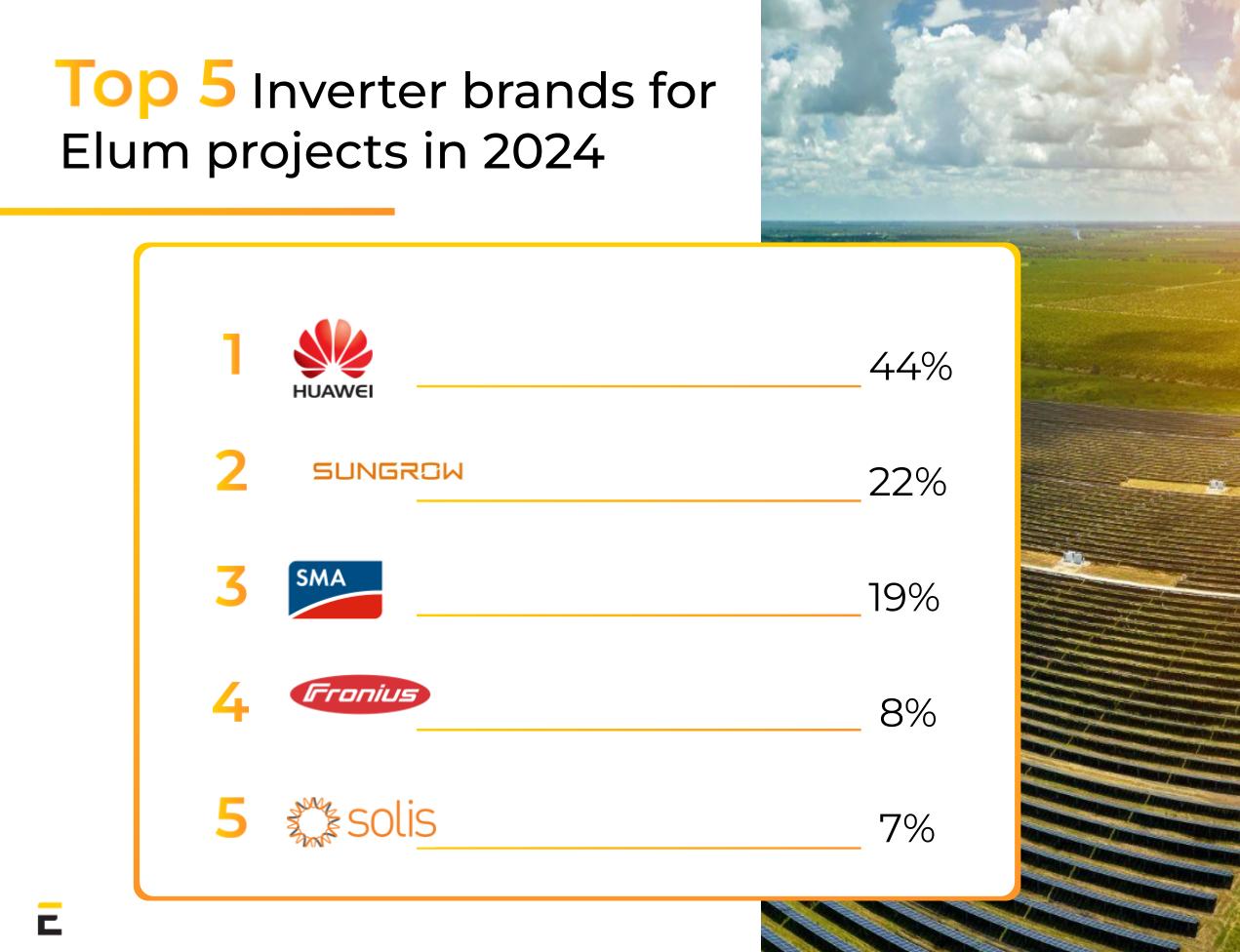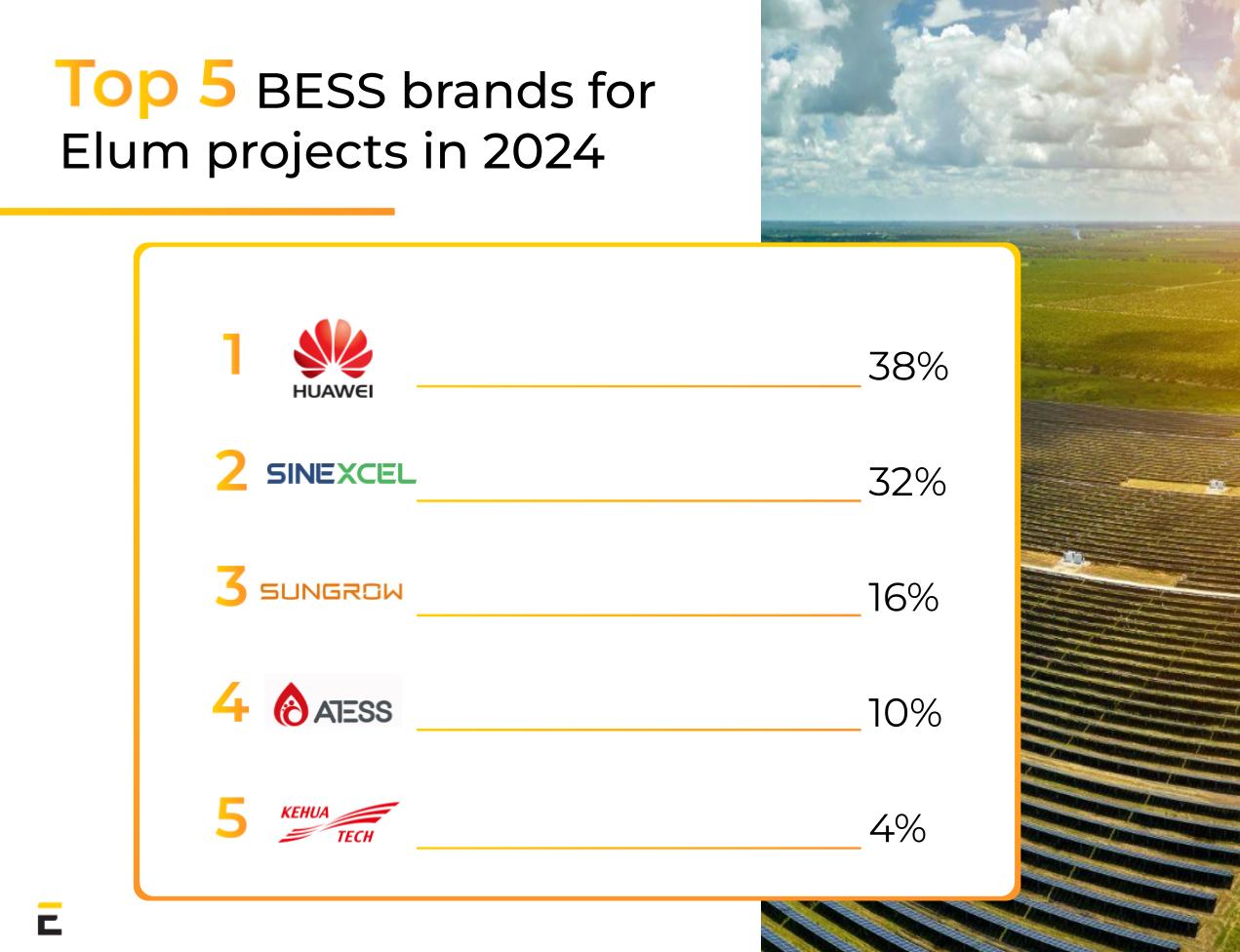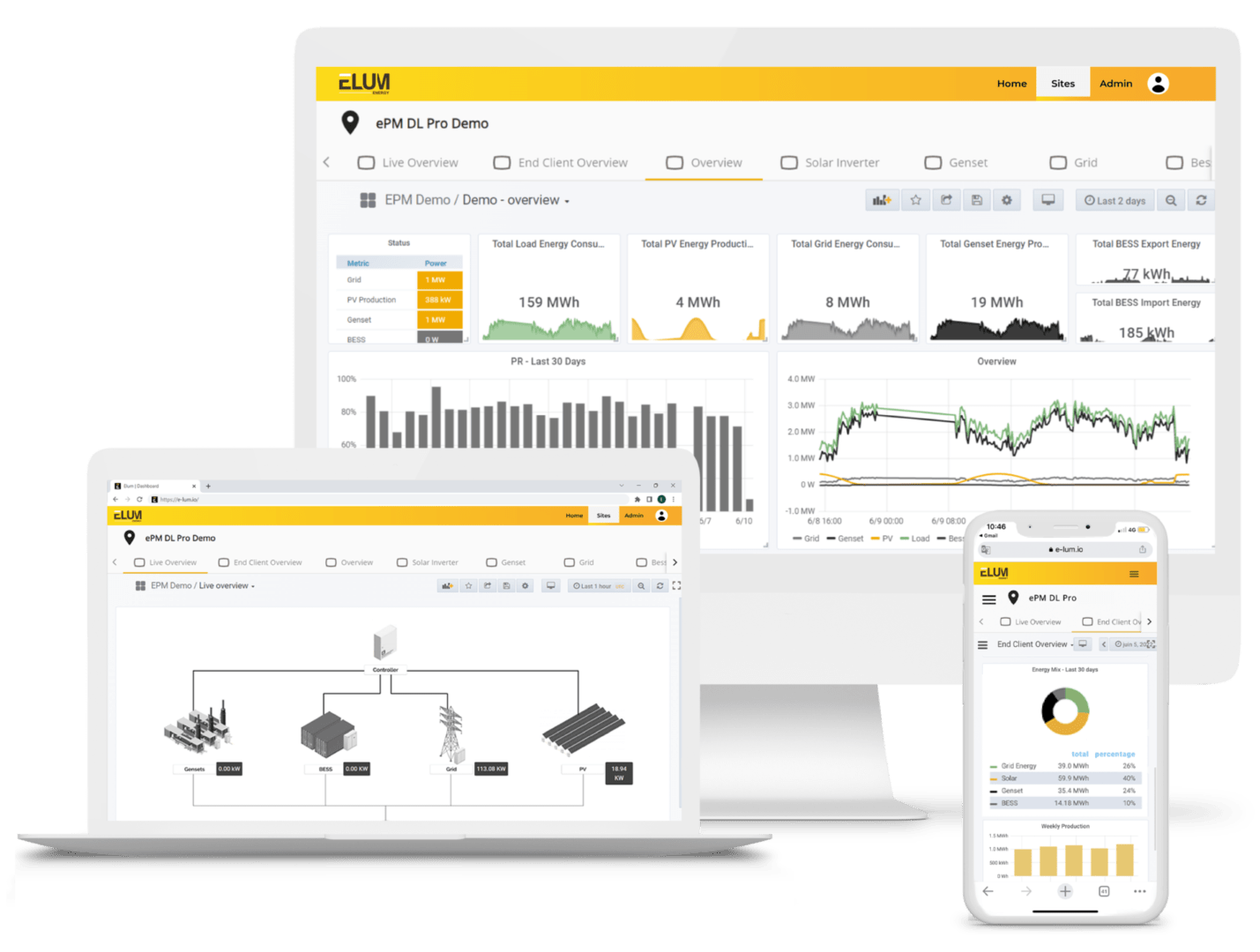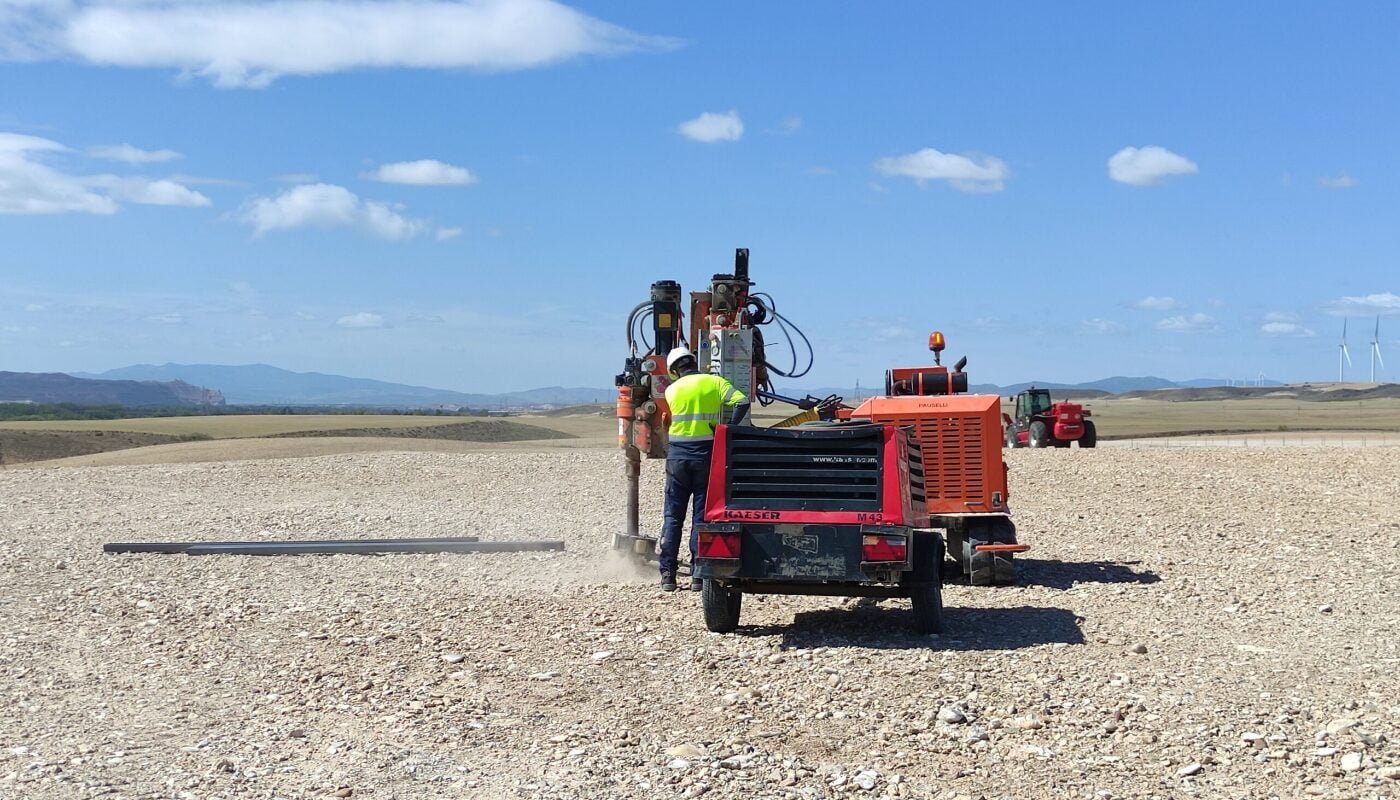As the global energy landscape shifts toward more renewable and distributed energy sources, the way we design, manage, and optimize power systems is changing and complexifying dramatically. Instead of relying on a single energy source, today’s hybrid systems must juggle multiple-energy sources: solar PV, battery energy storage systems (BESS), diesel or gas gensets, and often, dynamic grid connections.

Table of Contents
This evolution brings both opportunities and challenges, particularly in regions with diverse energy needs, driving the need for intelligent control systems. In this context, advanced controllers for solar projects have become central to maintaining stability, optimizing energy use, and enabling seamless system coordination.
No longer just responsible for MPPT (maximum power point tracking) or basic battery protection, modern solar controllers must now act as intelligent energy managers. They are essential for real-time decision-making, coordinating when and how each energy source is used to ensure optimal performance, system stability, and cost savings.
This evolution speaks directly to Elum Energy’s core value proposition, which is to enable advanced energy control through reliable, flexible and modular controller solutions that support the seamless integration and optimization of distributed, hybrid power systems.
Why are Solar Controllers Important For C&I And Utility-Scale Projects?
Solar controllers play a central role in managing the complexity of commercial and industrial (C&I) and utility-scale solar installations. They act as the system’s brain, continuously analyzing data and orchestrating how each component interacts in real time.
Understanding how controllers manage this orchestration is crucial for project developers, engineers, and asset managers. It’s what enables them to guarantee energy reliability, reduce operational expenditure (OPEX), and optimize return on investment (ROI) across the project’s lifecycle.
A well-configured controller ensures that:
- Energy flows are prioritized: maximizing solar use and minimizing grid reliance
- Battery storage is optimized: balancing charge/discharge by load, tariffs, or backup needs
- Generator use is minimized: reducing fuel costs and emissions by dispatching only when needed
- Grid compliance is ensured: adapting voltage & frequency to prevent penalties or disconnection
How Do Solar Controllers Work?
As systems grow more complex, integrating solar PV, batteries, diesel or gas generators, and the grid, real-time decision-making becomes essential. Solar controllers gather live data from across the energy system and use it to make dynamic, site-specific decisions. At any moment, the controller can:
- Prioritize energy flows based on availability, cost, or load demand
- Coordinate energy storage by managing charging and discharging cycles in response to real-time needs
- Balance generation sources like gensets or the grid to ensure seamless backup or peak shaving
- Ensure safe, stable operation by monitoring system constraints, voltage/frequency limits, and equipment status
- Adapt to changing conditions, whether that’s a sudden load spike, a grid outage, or a drop in solar production
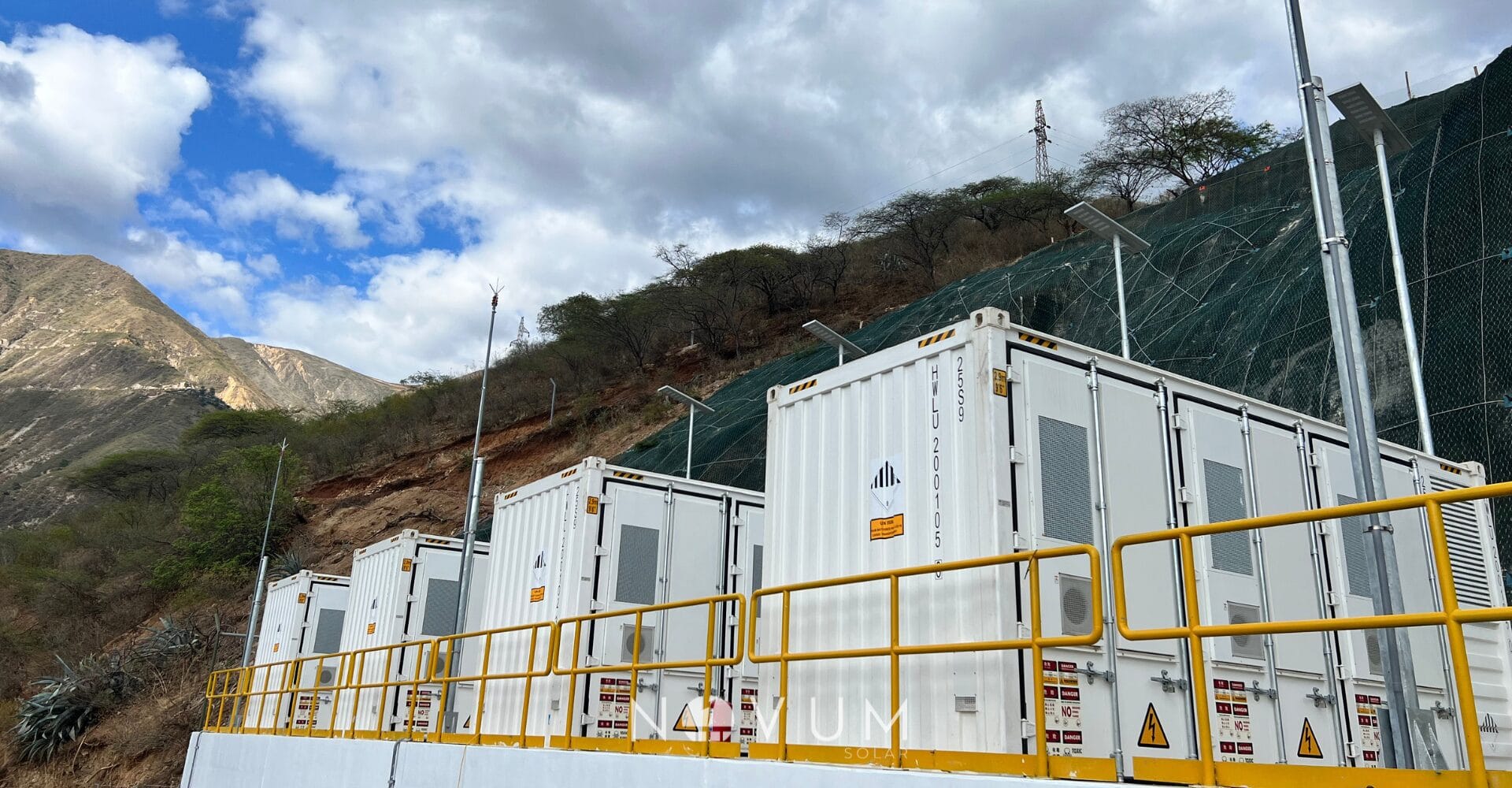
How has Solar Controller Technology Evolved?
1. The Early Days: Basic Charge Regulators
The first generation of solar controllers, often referred to as charge regulators, were simple, purpose-built devices designed to protect batteries in small off-grid systems.
Their main function was straightforward: prevent battery overcharging by regulating the flow of current from the PV panels. These early controllers typically relied on basic mechanical or PWM (pulse-width modulation) technology, with little to no programmability or visibility into system performance.
In small-scale applications such as rural electrification or residential solar setups, these basic controllers were sufficient. But as solar adoption grew and systems became larger and more complex, their limitations quickly became apparent.
2. The Shift: Complexity Demands Intelligence
As the energy transition accelerated, new system architectures began to emerge: hybrid microgrids, grid-tied systems with storage, and multi-source generation setups combining solar, BESS, gensets, and the grid. Managing these systems required far more than just battery protection. It required real-time decision-making, data visibility, and coordination across components. This is where the intelligent solar controller emerged.
3. Today’s Intelligent Controllers
Modern solar controllers are built on advanced technologies like edge computing, data logging, and cloud integration. They’re capable of:
- Processing data locally at the edge to enable real-time control and decision-making without relying on external servers
- Logging operational data to track performance trends, faults, and inefficiencies over time
- Syncing with cloud platforms for remote monitoring, software updates, and advanced analytics
These capabilities allow intelligent controllers to orchestrate complex energy systems, which balance generation, storage, and loads, while also ensuring safe operation and compliance with site-specific constraints. Whether in a C&I solar + storage installation, a microgrid, or even utility-scale projects, Elum’s intelligent controllers serve as a complete energy management system providing site-level orchestration, advanced multi-source coordination, and seamless integration with SCADA.
Core Functions of a Solar Controller
Communication Protocol Bridging
Translates and synchronizes across multiple protocols (Modbus TCP/RTU, CAN, etc.) to ensure seamless communication between inverters, batteries, meters, breakers, and supervisory systems.
Real-Time Setpoint Dispatch
Actively controls active and reactive power output in response to load conditions or grid codes, helping to maintain power quality and stability in both on-grid and islanded scenarios.
Multi-Source Energy Coordination
Dynamically prioritizes energy between PV, battery energy storage (BESS), gensets, and the grid, based on real-time conditions, cost, fuel efficiency, and system constraints.
Safety, Protection & Fallback Logic
Executes protective actions like breaker control, system fallback modes, black-start routines, and safe shutdowns in response to faults, overloads, or communication loss.
Data Logging & System Events
Captures high-frequency data and system events for performance monitoring, diagnostics, and post-event analysis, locally and via cloud platforms if connected.
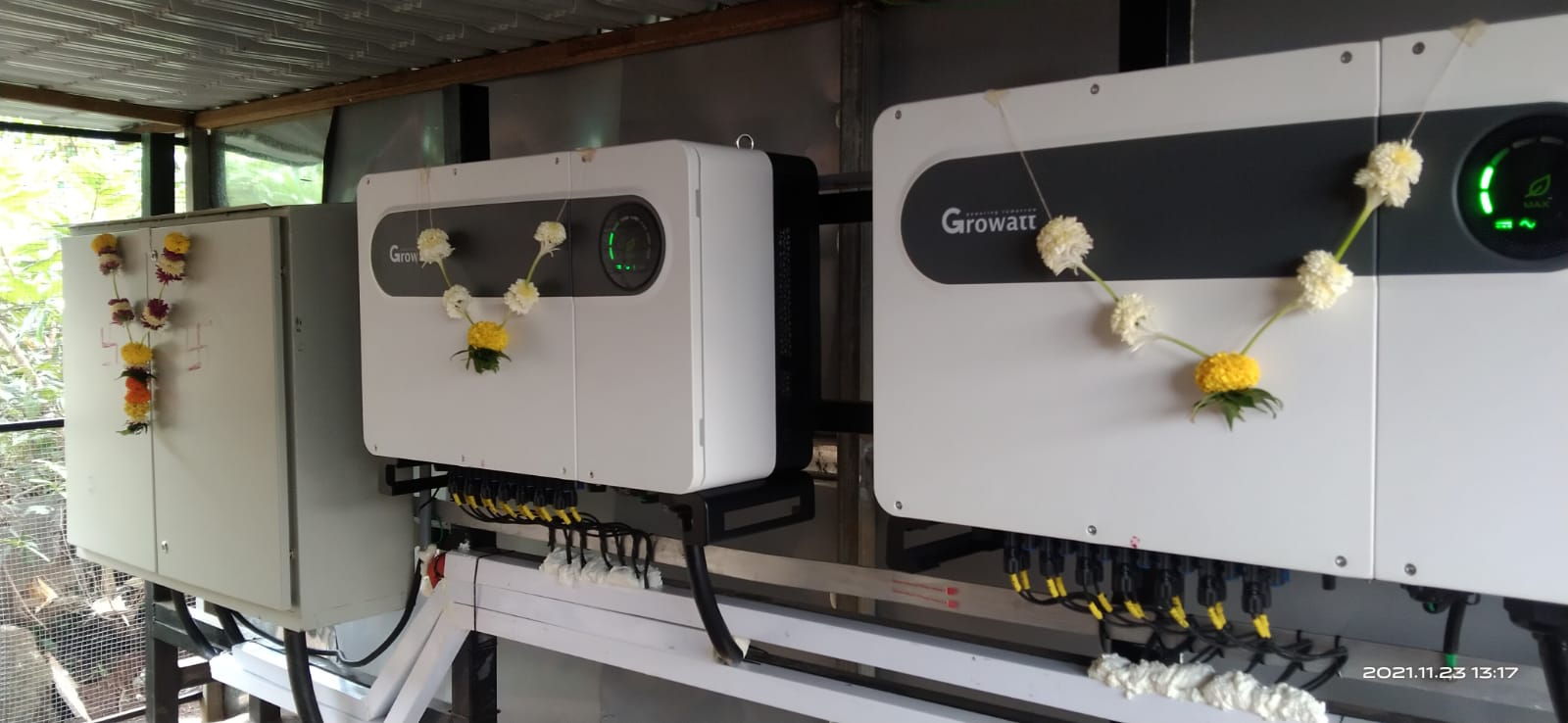
Types of Solar Controllers
Not all solar controllers are built for the same level of complexity. As energy systems scale from simple solar-plus-battery setups to multi-source hybrid plants, the role of the controller evolves significantly.
Below is a breakdown of the three main tiers of solar control systems:
1. Standard Controllers
Standard solar controllers are typically used in small-scale or standalone solar systems with basic energy flow requirements.
- Best For: Small residential setups, basic off-grid systems
- Primary Function: Regulate energy flow between PV modules, batteries, and inverters to ensure proper charging and discharging.
- Key Features:
- Voltage and current regulation
- Battery protection (overcharge/discharge)
- Basic load control
- Limitations:
- No support for multi-source coordination
- Limited communication or data logging
- Not suited for hybrid or grid-interactive systems
2. Advanced Hybrid Controllers (Energy Management Units)
These controllers are designed for more complex, distributed energy systems that combine PV, BESS, grid, and diesel or gas generators.
- Best For: Commercial & industrial microgrids, hybrid off-grid systems, fuel-saving applications
- Primary Function: Execute real-time control logic to coordinate energy generation, storage, and consumption across multiple sources.
- Key Features:
- Multi-source coordination (PV, BESS, genset, grid)
- Real-time setpoint dispatch (active/reactive power)
- Load prioritization and demand response
- Communication protocol bridging (Modbus, CAN, etc.)
- Safety and fallback logic (breaker control, SoC-based decisions, black-start capability)
Selection Criteria for Solar Controllers
Engineers and project developers must carefully evaluate a solar controller by balancing technical performance, operational reliability, and commercial viability. Choosing the right solution involves considering several key factors to ensure the system meets both current project needs and long-term goals.
1. System Compatibility
Ensure the controller works seamlessly with your existing PV, BESS, and genset configurations. Mismatches can lead to inefficiencies or system failures.
2. Control Capabilities
Look for precise control over power flow, load management, and grid interactions. Advanced algorithms can enhance overall system performance.
3. Communication & Integration
The controller should support key protocols (Modbus, CAN, etc.) for easy integration with SCADA and third-party systems. Interoperability is critical for multi-vendor environments.
4. Ease of Use
A user-friendly interface reduces commissioning time and simplifies maintenance. Intuitive dashboards and remote access are strong advantages.
5. Durability
Opt for industrial-grade components that withstand harsh climates and continuous operation. Longevity reduces total cost of ownership.
6. Cybersecurity & Reliability
Secure firmware, encrypted protocols, and fail-safe operations protect against cyber threats and system downtime.
7. Compliance & Certifications
Verify that the controller meets regional standards (e.g., IEC, UL, CE). Certification ensures legal operation and quality assurance.
Matching Solar Controllers to Application Needs
Control requirements for solar controllers are shaped by the specific demands of each energy application. Different use cases call for tailored capabilities, and understanding these variations is essential to selecting the right controller for optimal performance.
1. Islanded Microgrids

In off-grid or weak-grid environments, the controller must act as the system’s central intelligence, managing generation, storage, and demand with high reliability. We dive deeper into this topic in our blog on what solar EPCs should know about battery-based solar power plants.
Key Requirements:
- Grid-forming capabilities to stabilize voltage and frequency
- State of Charge (SoC)-based dispatch to protect and optimize battery usage
- Black-start functionality to restore power without external grid support
- Seamless PV + genset + BESS coordination
2. Solar-Diesel Hybrid Systems
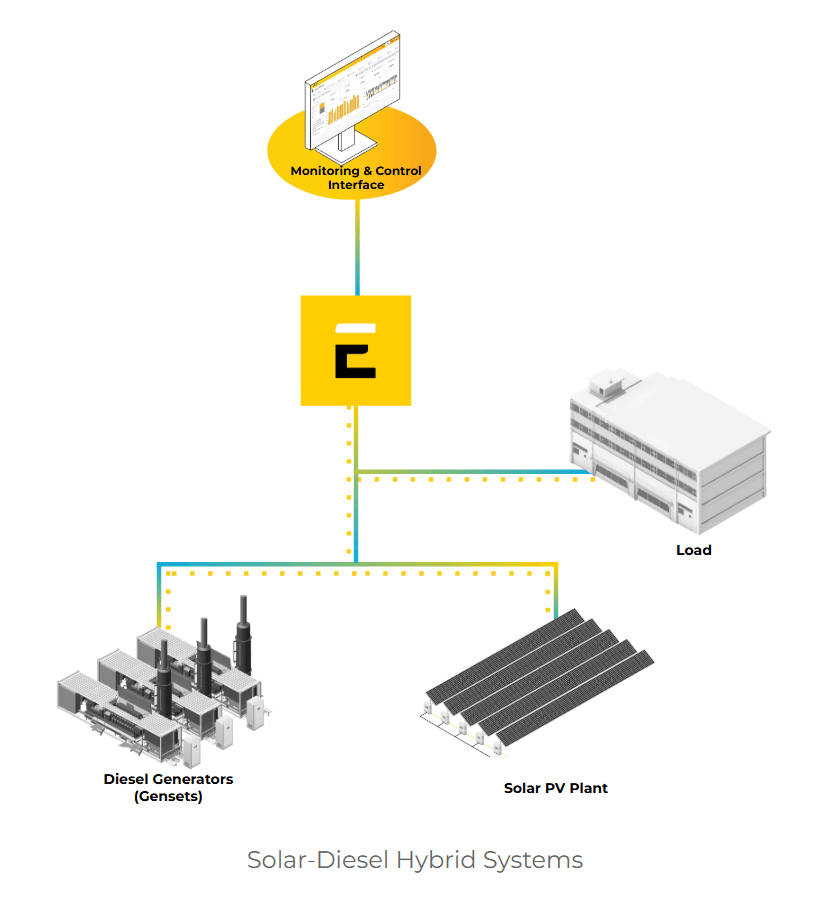
Hybrid systems that combine solar PV and diesel generators need smart coordination to reduce fuel usage and prioritize renewables. Our blog on what every solar EPC should know about diesel generators covers this in more detail.
Key Requirements:
- Genset synchronization and start/stop logic
- Curtailment logic to manage solar output when demand is low or genset constraints are active
- Priority source selection to ensure solar is maximized before gensets run
- Fuel-saving algorithms
3. EV Charging with PV Integration
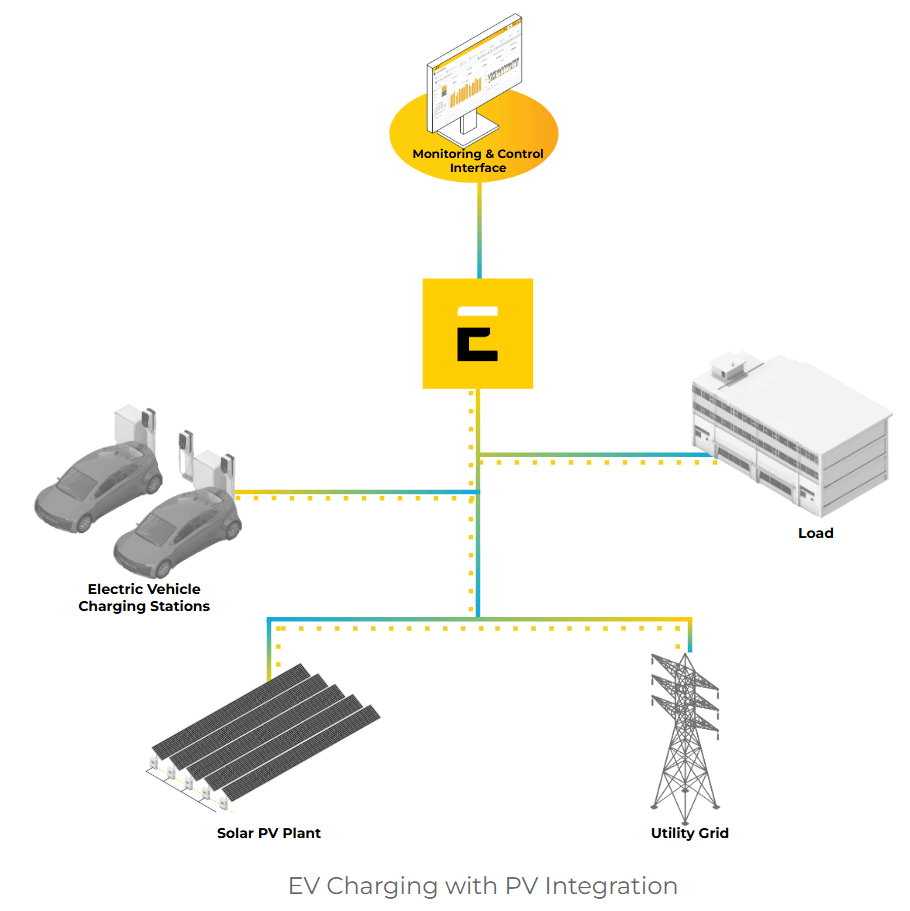
When integrating solar into EV infrastructure, dynamic control is essential to prevent grid overload and optimize charging patterns. We explore this in more detail in our blog on everything a solar EPC should know about smart EV charging.
Key Requirements:
- Dynamic load balancing between EV chargers, PV, and site loads
- Export limitation to avoid backfeeding into the grid
- Real-time power routing to prioritize self-consumption and reduce peak loads
- Interoperability with smart chargers and building energy systems
4. Utility-Scale Solar & Hybrid Plants
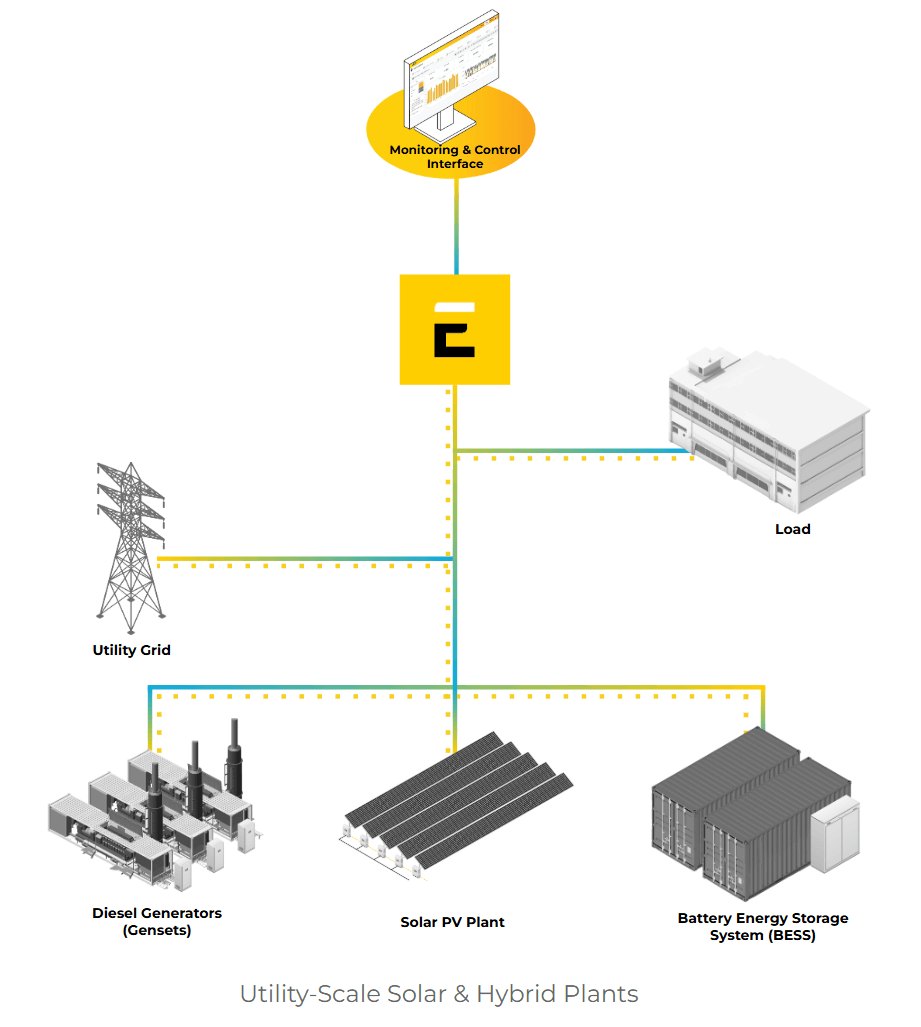
Large-scale energy plants demand precise, standards-compliant, and scalable controller platforms for full operational visibility and control. An excellent demonstration of this can be seen in the Plaine des Roches solar power plant in Mauritius.
Key Requirements:
- SCADA integration for centralized monitoring and control
- Compliance with national grid codes and utility interconnection standards
- Active/reactive power control to support grid stability
- Scalability to coordinate hundreds of devices across large deployments
- Remote firmware and configuration updates
What’s Next for Solar Controllers? Trends to Watch
The future of solar controllers is evolving rapidly, driven by advances in technology and shifting energy landscapes. We are seeing a convergence of traditional energy management systems (EMS) and controller functionalities, creating more integrated and intelligent control layers.
1. Virtual Power Plant (VPP) Integration is Becoming Standard Across Europe
The European Virtual Power Plant market is rapidly growing, with its value projected to increase from USD 1.50 billion in 2024 to USD 4.76 billion by 2030. This reflects a strong compound annual growth rate (CAGR) of 21.3%, as countries increasingly deploy smart grid technologies, support EV charging coordination, and integrate more renewables into the system.
Germany remains the region’s most mature VPP market, accounting for a significant share of active deployments and expected to capture one-third of annual VPP capacity by 2028, roughly 4,000 MW in yearly additions.
2. Cybersecurity is Increasingly Critical
As controllers become more connected and software-defined, requiring robust firmware protection and secure update mechanisms. The rise of grid-forming inverter-based systems places controllers at the forefront of enabling resilient, decentralized grids.
3. Machine Learning and Communication Standards in Energy
Advances in machine learning and predictive control algorithms promise smarter, adaptive energy management while open communication protocols like Modbus, CAN, and IEC 61850 ensure interoperability across diverse equipment and platforms.
Summary
Solar controllers have become central to optimizing energy use, enhancing grid resilience, and unlocking the full potential of hybrid energy systems. As the complexity and scale of renewable installations grow, controllers evolve from simple regulators to intelligent orchestration platforms, delivering real-time decision-making, system safety, and operational efficiency.
For engineers, project developers, and stakeholders, adopting advanced, intelligent control strategies is key to securing long-term system ROI and operational resilience. Looking ahead, solar controllers are poised to be the gateway to a smarter, cleaner, and more responsive energy future, empowering grids and communities alike with flexibility and sustainability.

